Facebook really loves to play Popularity Police. If you don’t like enough of a Page’s posts, they stop showing in […]
10 Must Have WordPress Plugins (and 5 More Really Cool Ones)
March 29th, 2011
I’ve been using WordPress for about two years now, and in that time I’ve collected a core of plugins that I instantly install on any new WordPress site I create. The list is constantly updating as old plugins die off and new ones are born, but as of right now, I have ten that I install on nearly every site, and five more that I just love when the need arises. So, here we go with my essential WordPress (free) plugin roundup: 2011.
Security, Spam, & Statistics
1. Akismet: You’d be crazy not to activate Akismet on every WordPress installation. My statistics tell me it’s blocked over 11,000 spam messages over the past year alone with a 99.83% accuracy rate. It comes with WordPress, so all you have to do is activate it and follow the included instructions to get your key.
2. Login Lockdown: This plugin helps prevent brute force hacking attempts by placing a lockdown on IP addresses which have failed login a number of times. The number of allowed attempts and length of the lockdown are entirely customizable.
3. Statpress Reloaded: This plugin gives you statistics right within your WordPress dashboard. Statpress Reloaded has become something of a standard install for many developers, though unfortunately it doesn’t appear to be supported any longer if it’s “last update” tag of 2009 is any indication. It still works with current installations, but a dead plugin makes me nervous nonetheless.
Looking around for an alternative, I found kStats Reloaded, which at first glance seemed like a fantastic upgrade, offering faster reporting and a handy dashboard widget. Unfortunately, it appears that it never made it out of the beta phase. It is running on one of my sites now without issue, but Statpress Reloaded seems to have made it to a more stable release before being abandoned. The stability of kStats Reloaded is probably due to the fact that it is, itself, a fork of the original Statpress Reloaded.
There are more useful security plugins listed in this article which I use variably across my sites. I recommend you also take a look at them, as well as the included tricks to performing a secure WordPress installation.
Optimization
4. WP Super Cache: Caching is probably the single greatest speed boost you can give your website. It drastically reduces the number of queries made to the database as well as the amount of PHP calls. This not only speeds things up, it also reduces server load, making a high volume of visitors less likely to crash your server. WP Super Cache includes more options than I can ever imagine using, but it also has my favorite tab, the “Easy” tab, where one simply turns it on and off.
5. WP-DBManager: As WordPress does its thing, it generates a hefty database over time. Posts and pages add to it, of course, but so do plugins. Activating and deactivating plugins can leave a mess behind in your database, slowing down your site. This plugin lets you set your database to optimize automatically on a schedule, tidying up for you and keeping things neat and fast. It also allows you to schedule automatic backups at various time intervals which are saved to your server and emailed to you. WP-DBManager is a great “set it and forget” plugin that gives me peace of mind should anything ever happen to the databases on my server.
6. All in One SEO Pack and FV All in One SEO Pack: The All in One SEO Pack gives you all the SEO tools you’ll need to make sure your WordPress install is as search engine friendly as possible. Control all your meta tags dynamically or with static text, and tweak them for each post. It has a hefty set of options, most of which can be left as the default for an out-of-the-box solution.
I also found a fork of All in One called “FV All in One SEO Pack“, which simplifies the interface and is a great option for client-facing projects. All the option of the original are included, but hidden by default. It seems to be a superior plugin all around. I did notice it hasn’t been updated in over six months, so I’m watching it nervously.
7. Google XML Sitemaps: The one thing the above two SEO plugins don’t do is generate a sitemap. This plugin solves that and automatically submits updates to the major search engines every time you make a new post. It has a ton of options, but the default values generally work as-is.
Other Useful Stuff
8. Contact Form 7 and Fast Secure Contact Form: These WordPress plugins do exactly what it sounds like they do, help you insert contact forms easily into your WordPress installation. They each have their pros and cons. Contact Form 7 gives you full HTML control of exactly how your form is generated, and is fast and simple if you know what you’re doing.
Fast Secure Contact Form assumes you don’t know how to build forms and as such, it has a long, long list of options to provide many of the same features, plus a few more. Unlike Contact Form 7, FSC Form ties in with Akismet, includes a variety of Capcha options, and allows for a custom redirect after the message has been sent. I think it’s more powerful overall, but unless you leave the defaults, I wouldn’t really call setup “fast”.
The screenshot below is just a tiny fraction of the options panel; in fact, I think the weakest part about this plugin is that it puts all the options in one panel, making it seem overwhelming.
9. Lightbox Plus: Lightbox Plus is a beautiful lightbox plugin for WordPress that expands your images in a pop-over when clicked, instead of forcing a new page load. You can see it in action by clicking any of the images in this post. I consider this feature something of an essential for most modern sites because it’s both more aesthetically pleasing and faster for the user. Lightbox Plus works wonderfully and has a fantastic set of easy-to-use options (many more than the screenshot below shows) that work just as well when left on default. After looking around at other similar plugins, this one is the best.
10. Yet Another Related Posts Plugin: It took me a long time to find a related posts plugin I was happy with to display a list of related posts following each entry, but I finally found YARPP. The results it comes up with are much better matches than the others I tried, and it gives you more control than many similar plugins, without removing the level of automation that makes it useful. A plugin like this gives people an answer to “what now” after they’re done reading one of your posts, reducing bounce rates.
The Bonus Round
I can’t really call these plugins “essentials” because I only use them on specific types of sites, but they are valuable enough that I want to mention them.
Bonus #1. TB Testimonials: TB Testimonials control the rotating testimonials I’m currently displaying in the sidebar of this blog via widget. It makes use of WordPress’ custom post types for a clean, simple interface in the dashboard, while using Ajax to continuously rotate them on the front-end. It works out of the box, but has a nifty set of options to let you tweak it so it fits seamlessly into your theme. After trying a number of similar plugins, I can say this is the best I found. In addition, the creator, Travis Ballard, is a really nice guy who gives great support, which I can attest to after having some issues with compatibility with my theme.
Bonus #2. Advanced Excerpt: Advanced Excerpt lets you use the “excerpt” feature of WordPress without being constrained to its default limitations. With this plugin, you can keep HTML and images in your excerpts, customize the excerpt length, and a few other nifty things.
Bonus #3. Subscribe to Comments: This plugin allows visitors to subscribe to specific comment threads via email. It has a variety of customization options, but nothing too fancy. ‘Nuff said.
Bonus #4. Live Blogging: This plugin ties in WordPress’ custom post types with some Ajax and outputs a live blog. It lets you auto-post to Twitter (or not), fiddle with the output code, and turn it on and off at will for any post. My only complaint is that you can’t choose to tweet on a per-post or per-live-post basis; it’s either connected to Twitter or it isn’t. After testing it and others plenty, I plan to use Live Blogging during the next conference I attend.
Update: I used this plugin for MIX11, and it worked beautifully. I had a JavaScript conflict with another plugin I’m using, but the author, Chris Northwood, stuck with me to solve the issue, even though it was caused partially by another plugin he had no responsibility for.
Bonus #5. Dean’s Code Highlighter: Dean’s Code Highlighter is about as simple as they come, and it’s old, too, not touched since 2007. It allows for simple insertion of code into a WordPress post with the appropriate syntax highlighting. There are a number of other solutions out there, but I landed on Dean’s and it does the job. (If you have a favorite code highlighter, please share it in the comments; I’m open to upgrading.)
What About You?
That about covers it! Please let me know if this list was helpful and be sure to mention your own favorite WordPress plugins, if you have any; I love finding new ones!


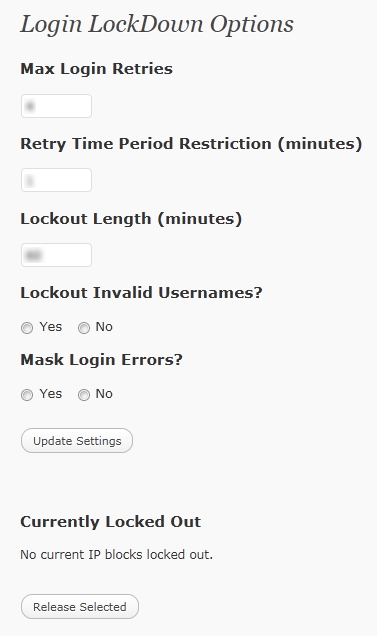

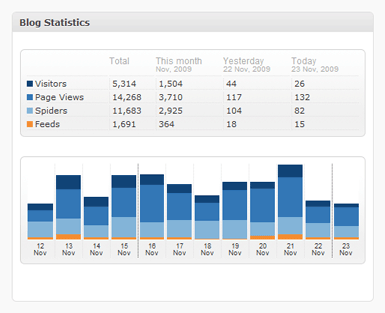
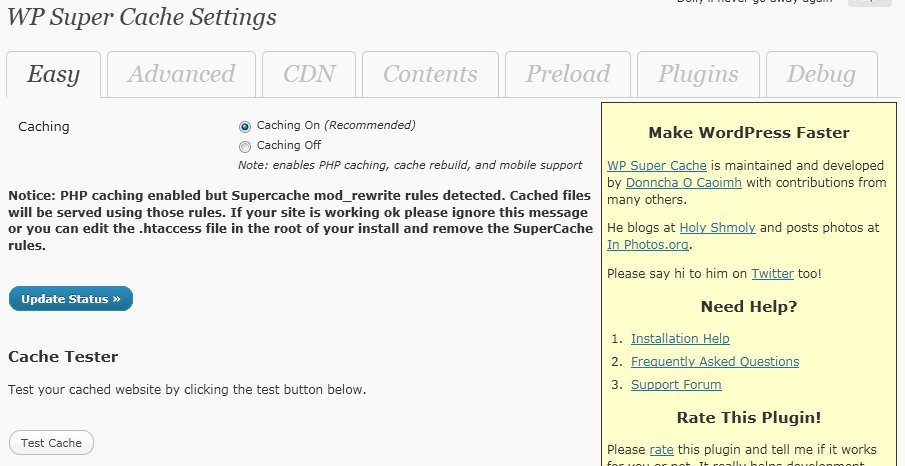
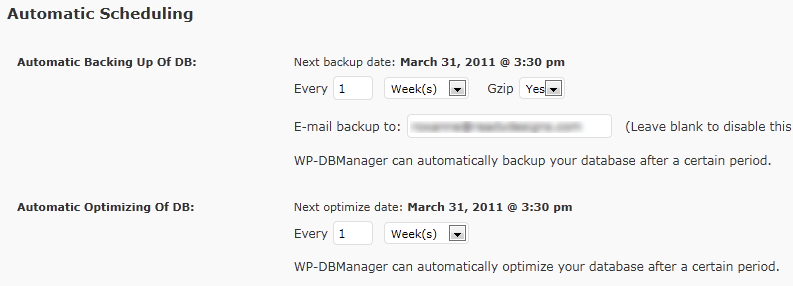
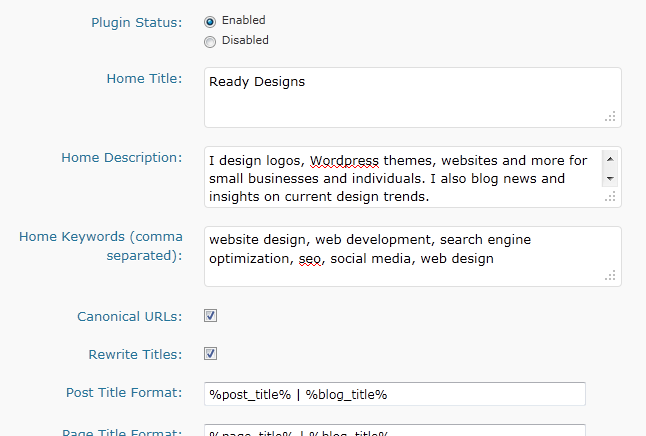
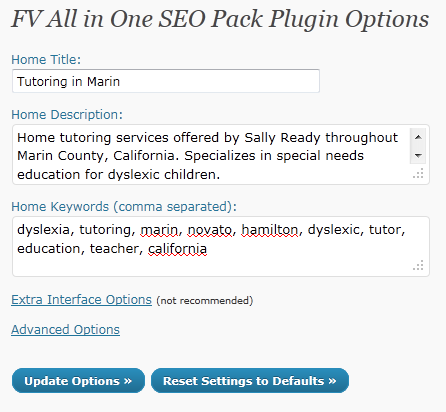
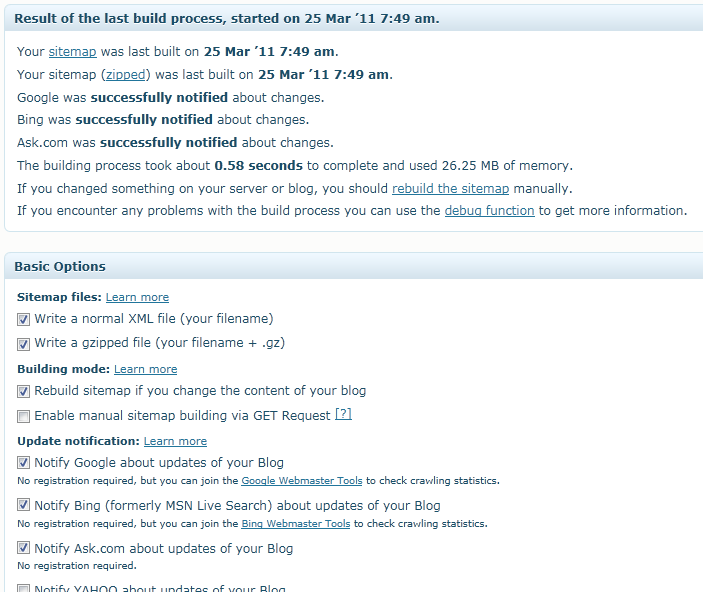


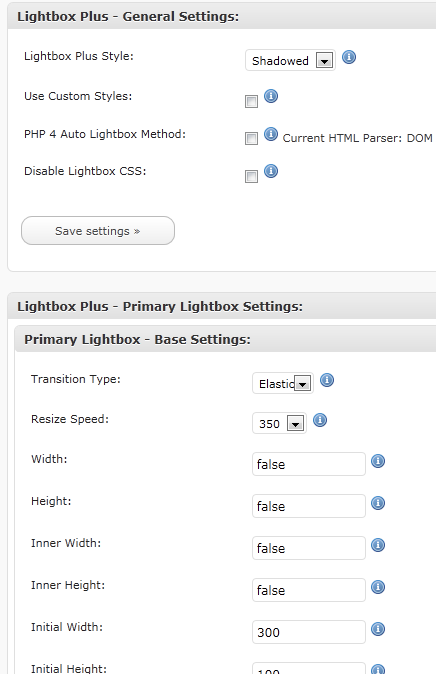

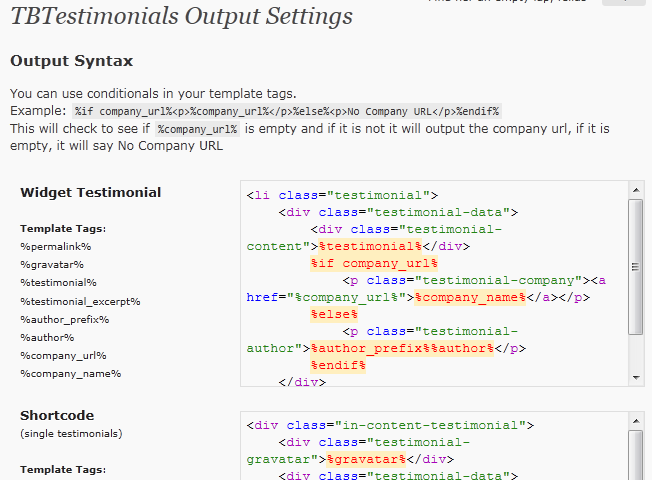

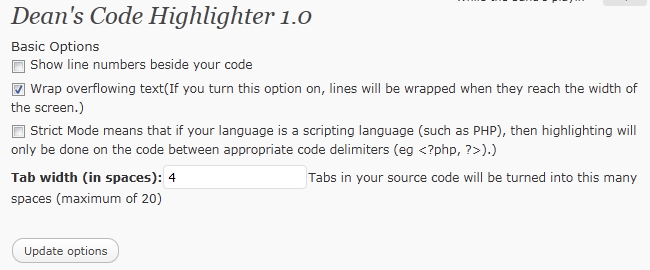













Great Blog Rox. Keep it up.
Thanks, Phil! :)
Wow, his tips are spectacular. Thank you for sharing them with us.